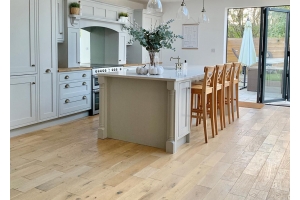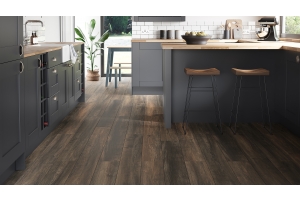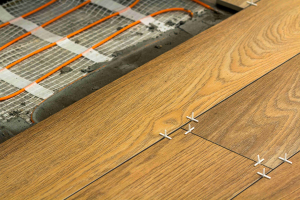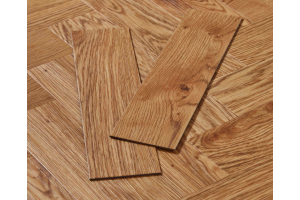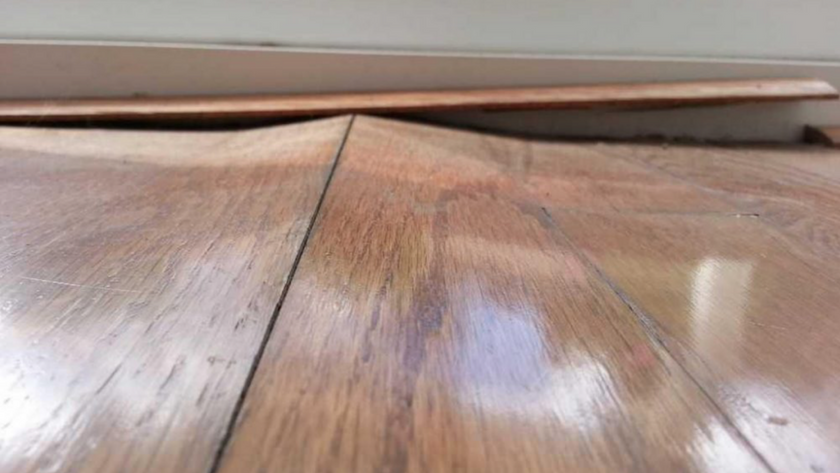
In our previous ‘Before you lay your wood floor’ posts we discussed the suitability of the room and how to prepare your sub-floor so it is ready for the wood flooring to be laid. The next thing to look at is the room's environment.
As we’ve said before, Wood flooring is a natural material and sensitive to its environment. If the room has too much moisture, no ventilation or new work e.g. new plastering, problems could arise; both during or after fitting. Therefore, it is imperative that before you even receive your flooring, the room's environment is right for your wood floor. Your sub-floor will ideally be void of any moisture-related conditions, and there will be no plumbing issues. Remember, your sub-floor should also be clean, dry, structurally sound and level.
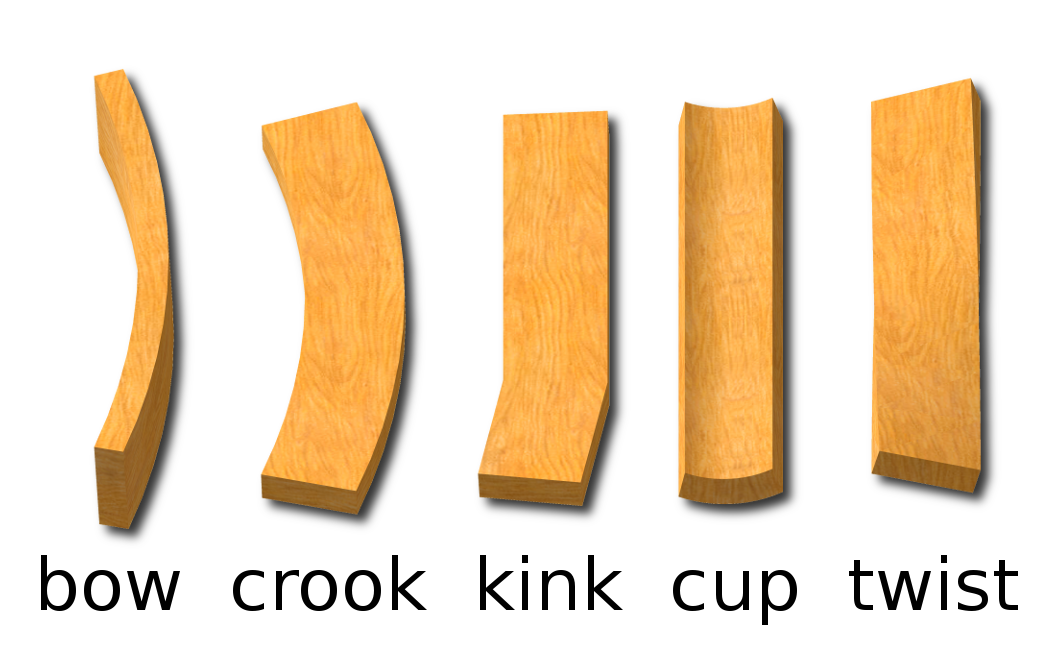
The possible effects of not considering the room's environment.
Water-based building work
When people are looking to buy a new floor they also look at renovating and re-finishing the whole room to create a completely new look and to make the room look fresh and tidy. This could include new plasterwork or even levelling out the sub-floor. Before you receive the delivery of your flooring it is important to ensure that any work involving any water e.g. laying concrete or plastering has been completed and dried well in advance – Concrete needs at least 60 days to cure properly. Excess dampness in the floor or walls may be absorbed by the wood flooring and cause it some damage.
If you have installed a new heating system, it is also advised to let it run for at least two weeks, and underfloor heating at least three weeks before your flooring arrives to let the environment stabilise.
It is also important that wood flooring is delivered and kept in a fully enclosed structure with doors and windows. This ensures the outside environment does not affect the wood.
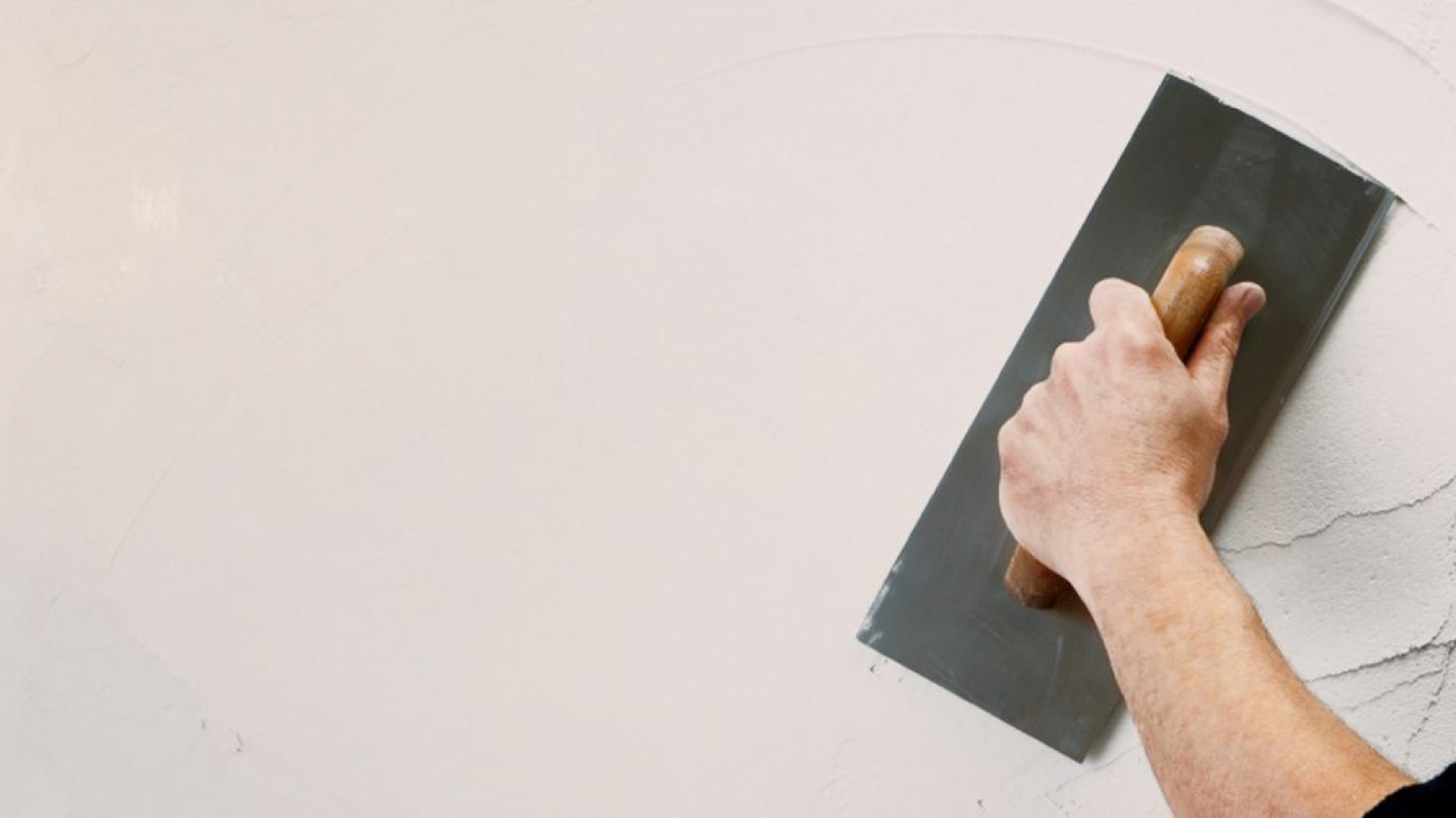 Ensure any water-based building work is fully dried
Ensure any water-based building work is fully driedTesting the sub-floor environment
It is strongly recommended that you should assess the suitability of the environment of the sub-floor. This is done using high-quality testing equipment. Even if you have had a wood floor down previously or your existing floor seems fine on the sub-floor, failing to carry out environment checks and taking preventative action can lead to a mass amount of flooring issues.
The Equipment
There is a range of testing equipment available for checking the moisture level of your sub-floor. When choosing the equipment, it is important that it is calibrated to test the moisture content of the sub-floor type. Otherwise you may get inaccurate readings. The meters should also cover a wide range of %. Some equipment will test for moisture on both wood and concrete sub-floors (this is good if you have a concrete floor and would like to test the moisture level your wood flooring too) but some will only be designed for one or the other.
When using your moisture meter, take multiple readings to ensure there are no trouble spots on your subfloor. You should take multiple readings at least every 100 ft2 of your subfloor. Do not avoid the centre of your sub-floor as this normally takes the longest to dry. Make sure that you also take several readings at more moisture-prone areas such as under windows, exterior walls and doorways, fireplaces and anywhere where there is plumbing or any discolouration.
The Reading
Your moisture readings should be below 12% with the readings not fluctuating more than 2-3%. It should also be within 2-4% of the moisture content of your wood floor (you can check this when your flooring has arrived and acclimatised- wait for our next post to learn more about this process). If your sub-floor has a moisture content of above 12% or there are areas significantly higher you either have a moisture issue or the recent work in the room e.g. new concrete floor hasn’t dried enough – in this case, your room does not have the right environment for the wood floor at this time.
If you have a hardwood sub-floor you will also need to check that there is no moisture build up beneath or between the boards and there is no plumbing issues below the boards.
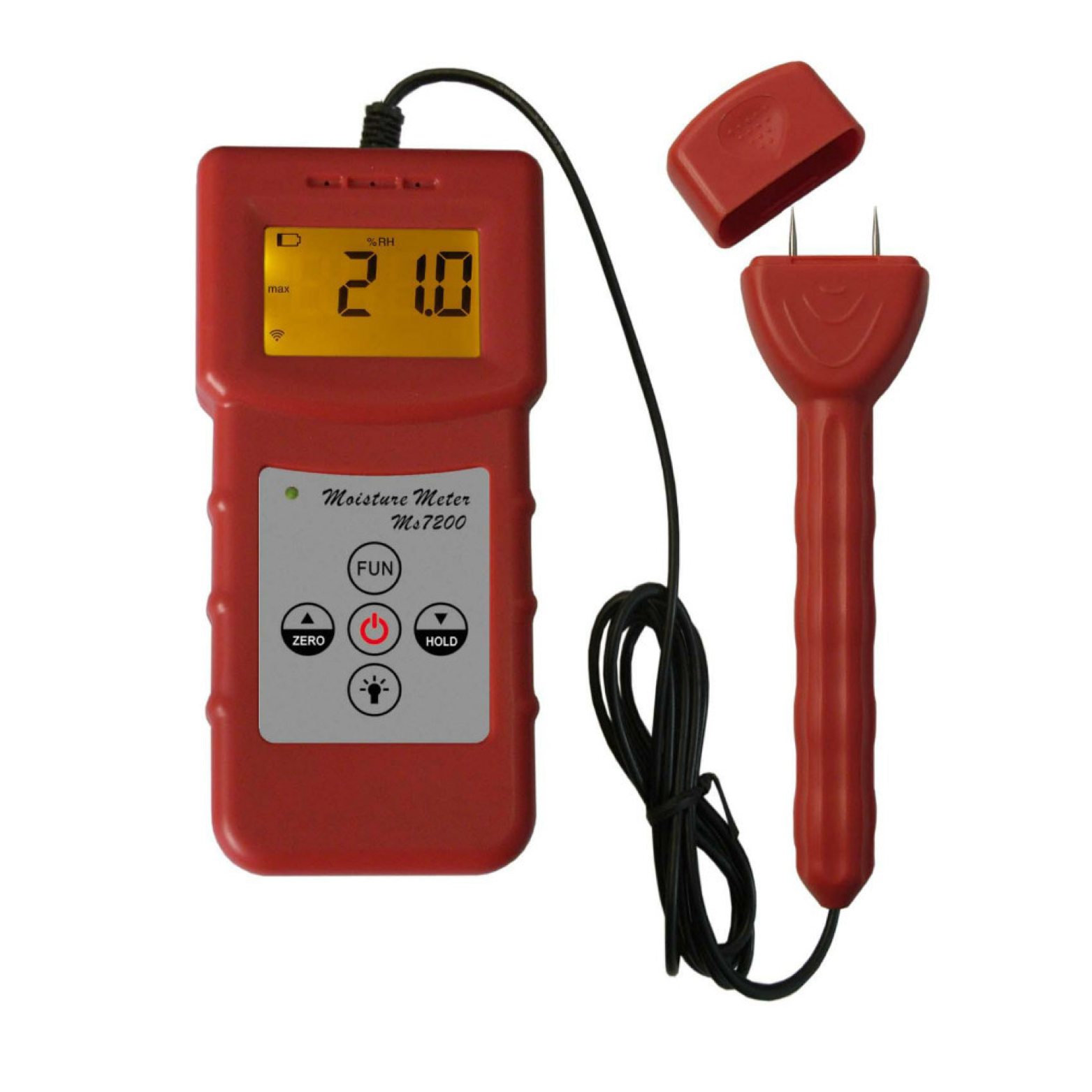 Moisture Meter Reader
Moisture Meter ReaderRemember: It is important to asses the type of room you are laying your wood floor. Consider whether the room is suitable and to understand whether you will need to choose solid or engineered wood. Read Part 1 of our ‘Before you lay your wood floor’ posts to find out more information.
If your sub-floor moisture levels is below 12% your room's environment is ready for your wood floor. It’s now time to get your flooring delivered! Read How to Acclimatise Your Wood Floor to find out what you need to do with your wood once it has arrived!







